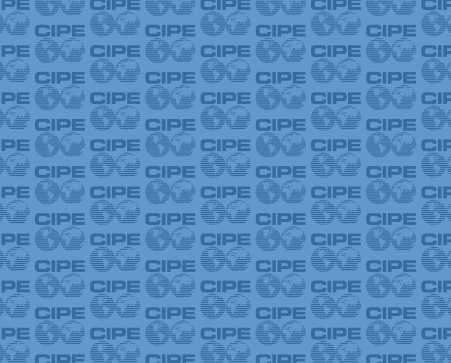
As thoughts, prayers, and assistance turn toward Haiti after this week’s catastrophic earthquake, it may seem paradoxical to talk about governance given what’s taking place in the country right now. But when you think about all the resources that will be pouring into the country in the days ahead, from so many different organizations from various countries, the day-to-day processes of who decides what resources go where and how will it get there fall under the governance umbrella. Aid workers will meet many challenges in the coming days; as they bring with them resources, technology, and know-how when it comes to disaster relief, perhaps the greatest challenge they face will be finding ways to involve the Haitian people not just as sources of information but as active participants in their day-to-day governance.
For some it will be easier than others, such as Partners in Health (PIH). Known as the organization co-founded by Paul Farmer, PIH made its reputation with a locally-led healthcare model it pioneered in rural Haiti. From day one, PIH made it clear that they wanted Haitians themselves to be running the show on the ground. They’ve cultivated a network of Haitian healthcare professionals all around the country that are now prepared to lead scores of volunteer healthcare professionals coming to help from around the world.
Putting Haitians themselves in leadership positions for aid distribution contributes to building something that Haiti has long lacked, for various reasons: effective governance. As Haiti emerges from this natural disaster, it might also emerge with relationships and processes in place that after governing aid resources can then become institutions to govern the island nation’s existing natural and human resources. The significant consequences of such conversion can be seen from outer space.
Haiti’s earth had been suffering long before it quaked. Generation upon generation of political instability and disenfranchisement of the poor had led them to seek economic livelihoods by carving out farms and fuel from the only opportunity afforded them to do so – the country’s forests. Haiti is now left with only four percent of its original tree coverage, sapping the earth of its ability to hold water and to produce nutrients for other plant life, including food crops. Satellite photographs like the one above illustrate how the Dominican Republic’s political stability has cultivated governance processes for effective resource management. Perhaps, paradoxically, the earth’s instability may eventually spur effective governance in Haiti.
Published Date: January 14, 2010